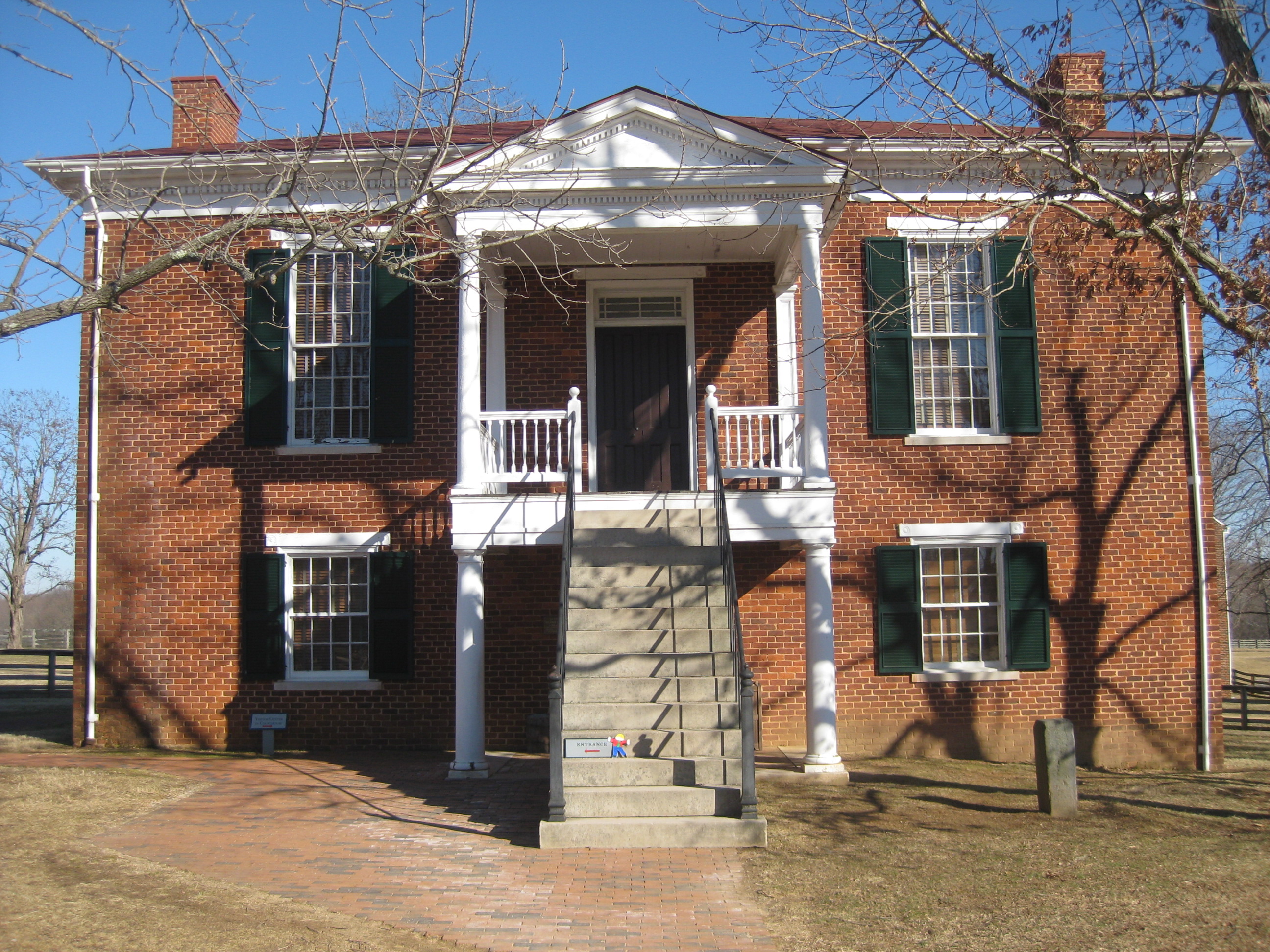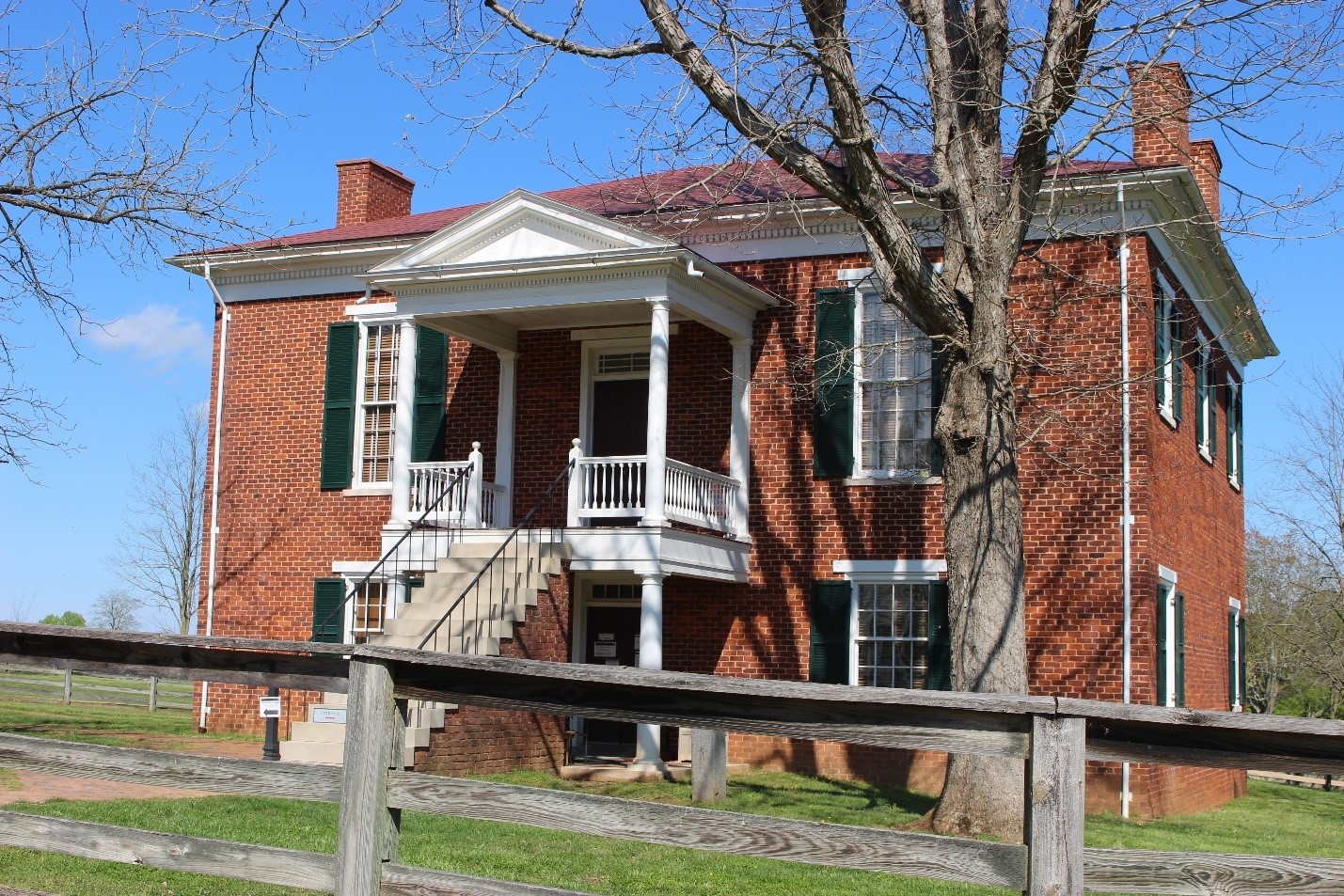
The Quiet End and the Frail Beginning: Appomattox Court House and the Forging of a Nation
Appomattox Court House, Virginia – April 9, 1865. The date and location echo through American history with the weight of both profound finality and a fragile, uncertain new beginning. Here, in a modest parlor of a civilian’s home, two titans of American military history, Ulysses S. Grant and Robert E. Lee, met not on a battlefield drenched in blood, but across a small table to negotiate the terms of surrender that would effectively end the bloodiest conflict in the nation’s history. It was a moment devoid of triumphant fanfares or vengeful shouts, marked instead by a somber dignity that belied the immense tragedy that had preceded it and the monumental task of reunification that lay ahead.
For four long years, the United States had been torn asunder by the Civil War, a brutal struggle over the fundamental questions of slavery and states’ rights. Hundreds of thousands had perished, vast swathes of the South lay in ruins, and the very fabric of American identity had been stretched to its breaking point. By the spring of 1865, the Confederacy was a ghost of its former self. Richmond, its capital, had fallen. General William Tecumseh Sherman’s scorched-earth march through Georgia and the Carolinas had crippled its resources, and General Philip Sheridan’s cavalry had effectively cut off Lee’s escape routes from Petersburg. The Army of Northern Virginia, once the proud spearhead of the Confederacy, was now a starving, ragged force, numbering perhaps 28,000 men, constantly harassed and surrounded by Grant’s vastly superior Union armies.
The final days leading to Appomattox were a grueling testament to Lee’s desperate courage and Grant’s relentless pursuit. Following the fall of Petersburg on April 2nd, Lee attempted a desperate dash westward, hoping to link up with General Joseph E. Johnston’s forces in North Carolina and perhaps find fresh supplies. But Grant, sensing the end was near, pushed his troops to their absolute limits. Union cavalry, spearheaded by the aggressive Sheridan, repeatedly blocked Lee’s path. On April 6th, at Sailor’s Creek, a significant portion of Lee’s army, including several generals, was captured. The writing was on the wall.

By April 7th, Grant, ever the pragmatist, initiated correspondence with Lee, proposing a surrender. "The result of the last week must convince you of the hopelessness of further resistance," Grant wrote, "on the part of the Army of Northern Virginia in this struggle." Lee, though outwardly defiant, knew the truth of Grant’s words. His men were exhausted, many had not eaten in days, and their morale was shattered. Yet, he initially demurred, suggesting that Grant’s proposal implied terms “which I am not aware that I am in a condition to accept.” He instead inquired about the possibility of a general peace. Grant, however, was clear: he was authorized only to accept the surrender of armies, not to negotiate political peace treaties.
The two generals exchanged several more messages, culminating in Lee’s decision on April 9th that further bloodshed was futile. He agreed to meet Grant to discuss terms. The location for this momentous meeting was a small, unassuming village known as Appomattox Court House, named after the county courthouse located there. The chosen venue was the home of Wilmer McLean, a civilian whose life seemed strangely intertwined with the war. Remarkably, McLean had moved to Appomattox in 1863 to escape the war, having previously owned a farm near Manassas where the first major battle of the war, First Bull Run, had been fought in his front yard in 1861. He had truly seen the war begin and end from his doorstep.
The stage was set. Lee, ever the immaculate figure, arrived first, dressed in his finest uniform – a new gray suit, a crimson sash, and a ceremonial sword. He was accompanied by his aide-de-camp, Colonel Charles Marshall. Grant, in stark contrast, arrived shortly after, looking much like the soldier he was: mud-spattered boots, a private’s uniform with a general’s shoulder straps, and no sword. He had ridden hard, battling a persistent migraine that day, and felt no need for formal attire in the presence of a defeated foe. Their appearances spoke volumes about their characters and the long, arduous paths they had traveled.
The two men, both veterans of the Mexican-American War and once comrades, greeted each other formally. Lee, breaking the silence, reminded Grant that they had met before. Grant, whose memory for faces was not always his strongest suit, needed a moment to recall their brief encounter. After some pleasantries, Lee brought the conversation to the purpose of their meeting: the surrender terms.
Grant, with a magnanimity that surprised some of his own staff and certainly many in the Union, offered terms that were remarkably generous for the era. He wrote them out on the spot, influenced by his own respect for the fighting qualities of Lee’s army and his desire to foster a swift and peaceful reunification of the nation. The key provisions were:
- Parole: All officers and men would be paroled, meaning they could return to their homes and would not be disturbed by U.S. authority as long as they observed their paroles and obeyed the laws.
- No Prosecution: Critically, this meant no one would be tried for treason, a fear that had haunted many Confederate soldiers.
- Return of Private Property: Officers were permitted to keep their sidearms (swords, pistols).
- Horses and Mules: Recognizing the desperate plight of the Confederate soldiers who would return to ruined farms, Grant famously added, "The men will be allowed to keep their horses and mules; they will need them for their spring plowing." This act of practical kindness resonated deeply.
- Rations: Grant also offered to provide 25,000 rations to the starving Confederate army.

Lee reviewed the terms, and a look of visible relief crossed his face. He expressed his appreciation, noting that the provision for the horses and mules "will have the best possible effect." He then signed the surrender document, followed by Grant. The deed was done.
As Lee departed, Grant’s staff began to cheer, but Grant quickly silenced them. "The war is over," he reportedly said. "The Rebels are our countrymen again, and the best way to prove our rejoicing is to go about our business and make friends with them." This sentiment was echoed by Colonel Joshua Lawrence Chamberlain, the hero of Little Round Top, who commanded the Union troops facing the Confederates as they marched to stack their arms. Chamberlain, rather than allowing his men to cheer, ordered them to come to "attention" and then to "carry arms" in a silent salute of respect to their defeated adversaries. It was an extraordinary gesture, recognizing the shared humanity and courage of the soldiers on both sides.
The next few days saw the formal surrender of arms and the distribution of paroles. The Confederate soldiers, many weeping openly, marched to stack their rifles, artillery, and battle flags. They then received their paroles and began the long, often arduous journey home to a devastated South. Lee issued his farewell address, General Order No. 9, to his troops on April 10th, expressing his "unaffected gratitude" for their "heroic constancy" and stating, "You will take with you the satisfaction that proceeds from the consciousness of duty faithfully performed."
The surrender at Appomattox Court House, while not the absolute final act of the Civil War (other Confederate forces would surrender in the following weeks), was undeniably its emotional and practical end. It marked the collapse of the Confederacy’s main fighting force and shattered any remaining hope for Southern independence. More profoundly, it laid the groundwork for the reunification of the United States. Grant’s generous terms, born of a desire for national healing rather than vengeance, set a precedent for reconciliation that, though imperfect and often difficult, allowed for the possibility of a truly "United" States.
The legacy of Appomattox is complex. It represents the triumph of federal authority and the abolition of slavery, yet it also ushered in the turbulent era of Reconstruction, Jim Crow laws, and a century of racial strife. The quiet dignity of that spring day in Virginia, however, stands as a testament to the idea that even after unimaginable conflict, a path towards peace and national unity is possible. It reminds us that leadership, in its most profound sense, involves not just winning battles, but also winning the peace. The handshake between Grant and Lee, the respectful silence of the Union soldiers, and the simple act of allowing defeated men to keep their horses for plowing – these moments at Appomattox Court House transcended the immediate conflict, becoming enduring symbols of a nation grappling with its past and cautiously stepping towards a future, forever changed, but ultimately, whole again.


